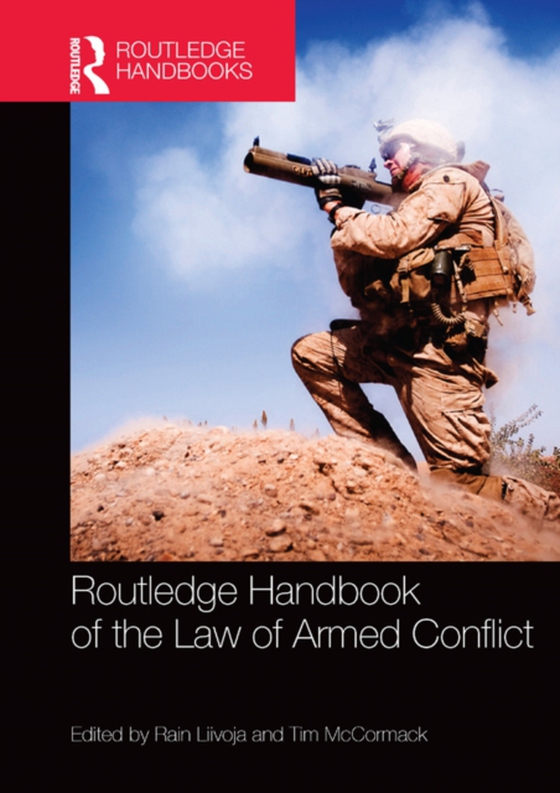
Routledge Handbook of the Law of Armed Conflict e-bog
403,64 DKK
(inkl. moms 504,55 DKK)
The law of armed conflict is a key element of the global legal order yet it finds itself in a state of flux created by the changing nature of warfare and the influences of other branches of international law. The Routledge Handbook of the Law of Armed Conflict provides a unique perspective on the field covering all the key aspects of the law as well as identifying developing and often contentio...
E-bog
403,64 DKK
Forlag
Routledge
Udgivet
28 april 2016
Længde
665 sider
Genrer
Armed conflict
Sprog
English
Format
pdf
Beskyttelse
LCP
ISBN
9781136028809
The law of armed conflict is a key element of the global legal order yet it finds itself in a state of flux created by the changing nature of warfare and the influences of other branches of international law. The Routledge Handbook of the Law of Armed Conflict provides a unique perspective on the field covering all the key aspects of the law as well as identifying developing and often contentious areas of interest.The handbook will feature original pieces by international experts in the field, including academics, staff of relevant NGOs and (former) members of the armed forces. Made up of six parts in order to offer a comprehensive overview of the field, the structure of the handbook is as follows:Part I: FundamentalsPart II: Principle of distinctionPart III: Means and methods of warfarePart IV: Special protection regimesPart V: Compliance and enforcementPart VI: Some contemporary issuesThroughout the book, attention is paid to non-international conflicts as well as international conflicts with acknowledgement of the differences. The contributors also consider the relationship between the law of armed conflict and human rights law, looking at how the various rules and principles of human rights law interact with specific rules and principles of international humanitarian law in particular circumstances.The Routledge Handbook of the Law of Armed Conflict provides a fresh take on the contemporary laws of war and is written for advanced level students, academics, researchers, NGOs and policy-makers with an interest in the field.
 Dansk
Dansk

